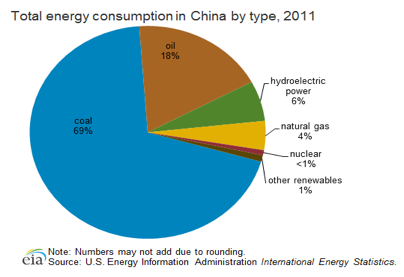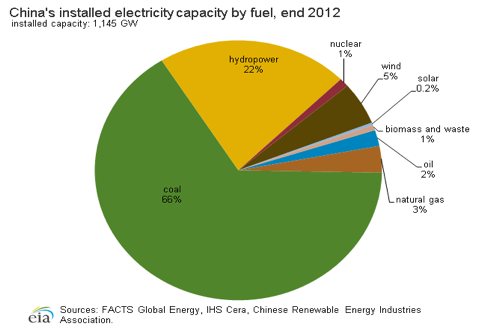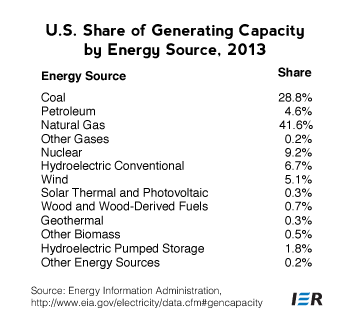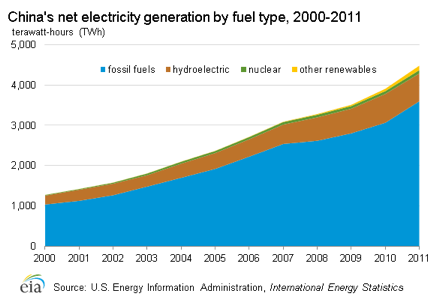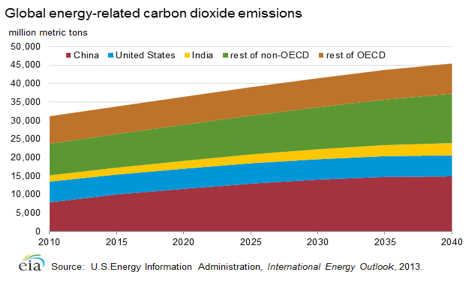Forecasters predicted that China would overtake the United States in economic output sometime this decade[1]—but no one predicted that it would be this soon, i.e. in 2014. But, that is exactly what the Financial Times is telling us. The United States has been the global leader since 1872, when it overtook the United Kingdom as the world’s economic leader.[i] But its 141-year term as number one is about to end — if not this year, then very, very soon. China’s new economic superpower status is being achieved on the heels of China’s emergence as an energy superpower a few short years ago.
The Economic Output Data
The International Comparison Program (ICP) hosted by the World Bank provides the official data. For 2005, the ICP ranked China’s economy at less than half the size of that of the United States. For 2011, however, using purchasing power parity, the ICP ranked China’s Gross Domestic Product at 87 percent of that of the United States. Because the International Monetary Fund is expecting that China’s economy will grow by 24 percent between 2011 and 2014, while the U.S. economy is only expected to increase by 7.6 percent over that time period, China is expected to surpass the United States this year in economic output. India is expected to rank third, up from tenth place.
Source: Financial Times, http://www.ft.com/intl/cms/s/0/d79ffff8-cfb7-11e3-9b2b-00144feabdc0.html?siteedition=intl#axzz30Mp4Dond
China’s Energy Use
China knows that to fuel its economy it needs abundant, low cost energy, and it is obtaining that energy. While developed nations are retiring coal-fired power plants, China is building them at rapid speed. While developed nations are decommissioning nuclear power plants, China is constructing them. While some developed nations have a moratorium on hydraulic fracturing, China is using it to develop its shale gas resources. While most developed countries have policies to decrease their coal consumption, China is increasing its coal consumption.
China is the largest energy consumer and producer in the world. It is the world’s top coal producer, consumer, and importer, accounting for about half of global coal consumption and more than 4 times the coal consumption of the United States. China’s coal production is the major reason it became the world’s largest energy producer in 2007 and the world’s largest power generator in 2011. It is the world’s second-largest oil consumer behind the United States and became the largest net importer of oil in the fall of 2013, surpassing the United States in net imports of oil. China’s oil consumption growth accounted for one-third of the world’s oil consumption growth in 2013 and that share is expected to be the same in 2014. Natural gas use in China has also increased rapidly in recent years, importing the fuel via pipeline and as liquefied natural gas (LNG). Because of its cost-effectiveness and sizeable resource potential, hydroelectricity has become the key renewable energy source in China. China became the world’s largest producer of hydroelectric power in 2011, surpassing the United States.
To garner even more status in the critical energy arena, in late 2013, China announced that it was assessing ways to attract more private investment into its energy sector by streamlining the project approval processes and implementing policies to foster more energy transmission infrastructure to link supply and demand centers. These are policies that the United States should emulate.
Energy Consumption in China
In 2012, China consumed 4 billion short tons of coal, 4.5 times the amount that the United States consumed, and 3.9 percent more than the country consumed the year before. In 2011, coal represented 69 percent of the country’s energy consumption, followed by oil, representing 18 percent and hydroelectric power, representing 6 percent. Non-hydroelectric renewables only represented 1 percent of China’s energy consumption in 2011.
Source: Energy Information Administration, http://www.eia.gov/countries/cab.cfm?fips=CH
Electric Generating Capacity and Generation in China
China’s installed electric capacity in 2012 totaled 1,145 gigawatts at the end of 2012, roughly equivalent to the generating capacity of the United States. Its distribution among fuel types, however, was vastly different from that of the United States. China’s coal generating capacity represented a 66 percent share, while in the United States, coal generating capacity represented a 29 percent share—less than half that of China. Natural gas represented the largest share of U.S. generating capacity—42 percent –while in China, natural gas had just a 3 percent share of the country’s total generating capacity. Hydroelectric power was the largest renewable capacity for both countries. But in China, hydroelectric power represented a 22 percent share of capacity, while in the United States it had a 7 percent share. China has been rapidly building its hydroelectric capacity even as the United States has been turning its back on new dam construction and even dismantling facilities at the urging of environmental activists. For both countries, wind capacity represented a 5 percent share, but in China, not all of the wind capacity is generating electricity because it is not all connected to the grid due to the lack of sufficient transmission infrastructure.
Source: Energy Information Administration, http://www.eia.gov/countries/cab.cfm?fips=CH
U.S. Share of Generating Capacity by Energy Source, 2012
Source: Energy Information Administration, http://www.eia.gov/electricity/data.cfm#gencapacity
Therefore, it is not surprising that China’s electricity generation is mostly from fossil fuels, followed by hydroelectric generation.
Source: Energy Information Administration, http://www.eia.gov/countries/cab.cfm?fips=CH
Carbon Dioxide Emissions
Due to its high level of coal consumption, China is the world’s leading emitter of carbon dioxide, releasing 8,715 million metric tons of CO2 in 2011. It surpassed the United States as the largest CO2 emitter in 2006. In 2011, China emitted 59 percent more carbon dioxide emissions than the United States. By 2040, the Energy Information Administration expects China’s carbon dioxide emissions to be 162 percent greater than that of the United States.
Source: Energy Information Administration, http://www.eia.gov/countries/cab.cfm?fips=CH
Conclusion
China’s economy is flourishing because it has acquired abundant energy and it is using it, regardless of the country’s increasing contribution to global carbon dioxide emissions. The country is also setting policies to encourage more private investment in energy by streamlining the project approval processes and fostering more energy transmission infrastructure. These policies would also help the United States to make energy sources more accessible to production and consumption.
[1] The Energy Information Administration in its International Energy Outlook 2013 expected that China’s economy would surpass that of the United States sometime between 2015 and 2020 measured in purchase power parity. See Table A3 at http://www.eia.gov/forecasts/ieo/ .
[i] Financial Times, China poised to pass US as world’s leading economic power this year, April 30, 2014, http://www.ft.com/intl/cms/s/0/d79ffff8-cfb7-11e3-9b2b-00144feabdc0.html?siteedition=intl#axzz30Mp4Dond



